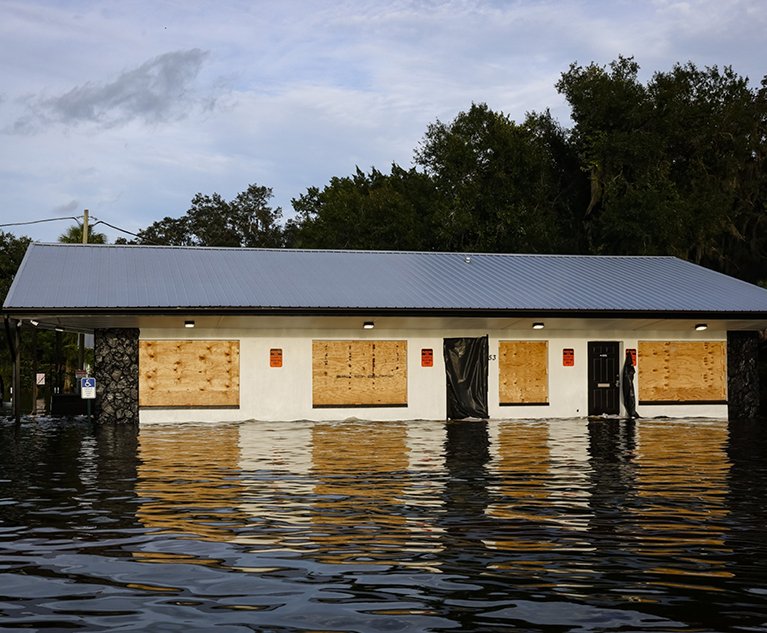 Stricter building codes adopted since 1975 have reduced the average expected annual loss in the U.S. by 60%-65%, but changes in hurricane activity increased risk by 25% and the value of property exposed to storms had risen by over 120%, leading to a net increase of upwards of 80% exposure. Credit: Eva Marie Uzcategui/Bloomberg
Stricter building codes adopted since 1975 have reduced the average expected annual loss in the U.S. by 60%-65%, but changes in hurricane activity increased risk by 25% and the value of property exposed to storms had risen by over 120%, leading to a net increase of upwards of 80% exposure. Credit: Eva Marie Uzcategui/Bloomberg
(Bloomberg) — Since Hurricane Andrew in 1992, Florida has been toughening up building codes and touting them as a way to prevent large-scale damage in the wake of strengthening storms. But a new report by Swiss Re, one of the world's largest providers of reinsurance, finds that added risk from population growth and development in storm-prone areas dwarfs the benefits of these beefed-up codes.
Recommended For You
Want to continue reading?
Become a Free PropertyCasualty360 Digital Reader
Your access to unlimited PropertyCasualty360 content isn’t changing.
Once you are an ALM digital member, you’ll receive:
- Breaking insurance news and analysis, on-site and via our newsletters and custom alerts
- Weekly Insurance Speak podcast featuring exclusive interviews with industry leaders
- Educational webcasts, white papers, and ebooks from industry thought leaders
- Critical converage of the employee benefits and financial advisory markets on our other ALM sites, BenefitsPRO and ThinkAdvisor
Already have an account? Sign In Now
© 2025 ALM Global, LLC, All Rights Reserved. Request academic re-use from www.copyright.com. All other uses, submit a request to [email protected]. For more information visit Asset & Logo Licensing.








